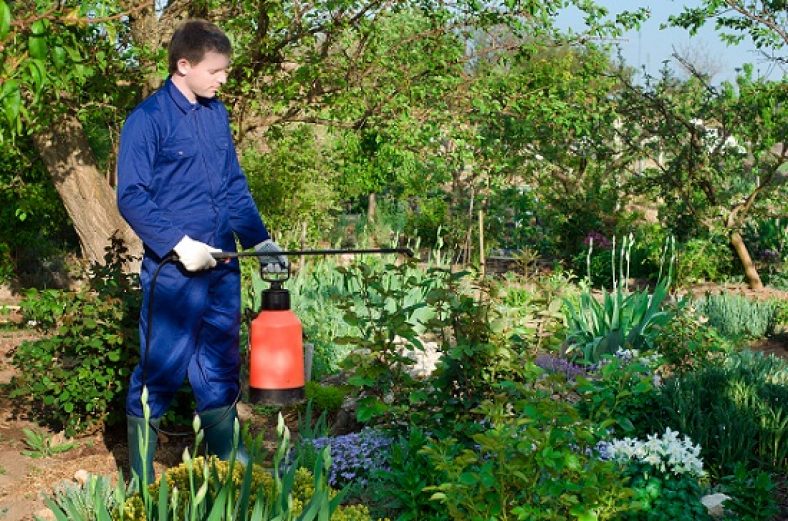Over your flower owning years you may have discovered that certain things can help your plants live longer and certain things make them die. The reasons behind these quirks of nature may be less clear so hopefully this article can clear some of these things up and help you to help your flowers live their lives to the fullest.
Flowers are living things, this is one of those things that everybody sort of knows but actually when it comes down to it, do you consider that flowers are just as alive as you are?
As living things they are governed by the seven laws of life – just as we are:
M – Movement
R – Respiration
S – Sensitivity
N – Nutrition
E – Excretion
R – Reproduction
G – Growth
The fulfilment of each of these is essential for life at all, let alone continued life. Therefore, it is of the utmost importance that actions are taken to allow each of these to happen.
Movement:
Flowers need space to move freely and while they are rooted and aren’t exactly going to have a disco on your windowsill, you essentially just need to make sure that you don’t overfill the vase. This also means that your flowers won’t jostle each other for water and create a ‘survivial of the fittest’ scenario. Flowers and plants show their movement most obviously in the way that they bend and climb towards the sun, so don’t make it too difficult for them.
Respiration:
For flowers, respiration just requires access to the air. Thankfully for us, they take in carbon dioxide from the air around us and transform it into oxygen for us to breathe in and turn into carbon dioxide – we’re really very good for each other. Therefore, just make sure your flowers can breathe.
Sensitivity:
This means that, like us, flowers need to be cared for and not over fed and watered etc. As a flowers owner, then you need to make sure you don’t leave flowers to dry out in a patch of the hottest sun of the year – though sunlight is of the utmost importance – and you can’t leave them to shrivel in the cold either. Our perfect conditions, give or take a few home comforts, are also theirs.
Nutrition: Plants create their food using sunlight in a process called photosynthesis. Therefore, if you want your flowers to stay well fed and not go hungry then they need to be exposed to regular sunlight and they need to be able to bend and move towards it.
Excretion:
Flowers go to the toilet, fascinating. Well actually they don’t really in the conventional/human sense, but they do create waste products that need to be got rid of. This isn’t really something that you as the owner and carer need to worry about but it’s worth bearing it in mind. Also, when a part of the flower dies, a leaf for example, it is no longer necessary to the flower’s functions so can be taken off and disposed of.
Reproduction:
For a lot of household and indoor flowers this isn’t really a major concern. They don’t need to repopulate the species and they’ll probably cope very well without being pollenated – for reproduction – but they may need to be pollenated anyway for their own survival. Therefore, if a bee lands of your open flower, don’t bat it away, just leave a nearby window open and shoo it out when it’s done the flower a service.
Growth:
This is quite an obvious one, flowers grow. In a similar way to movement, you need to make sure that flowers have enough space to do this without any immediate danger to themselves or their fellow flowers. They won’t grow a lot in their short household lives but they will grow a bit.
So while the life of a flower in a vase is not going to be a long one regardless of what you do, hopefully these tips and pointers will help you on your way to making it live just that little bit longer.
After choosing and planting the right flowers for your garden there is always the need for rubbish and garden waste removals, remember to always keep your garden clean!

